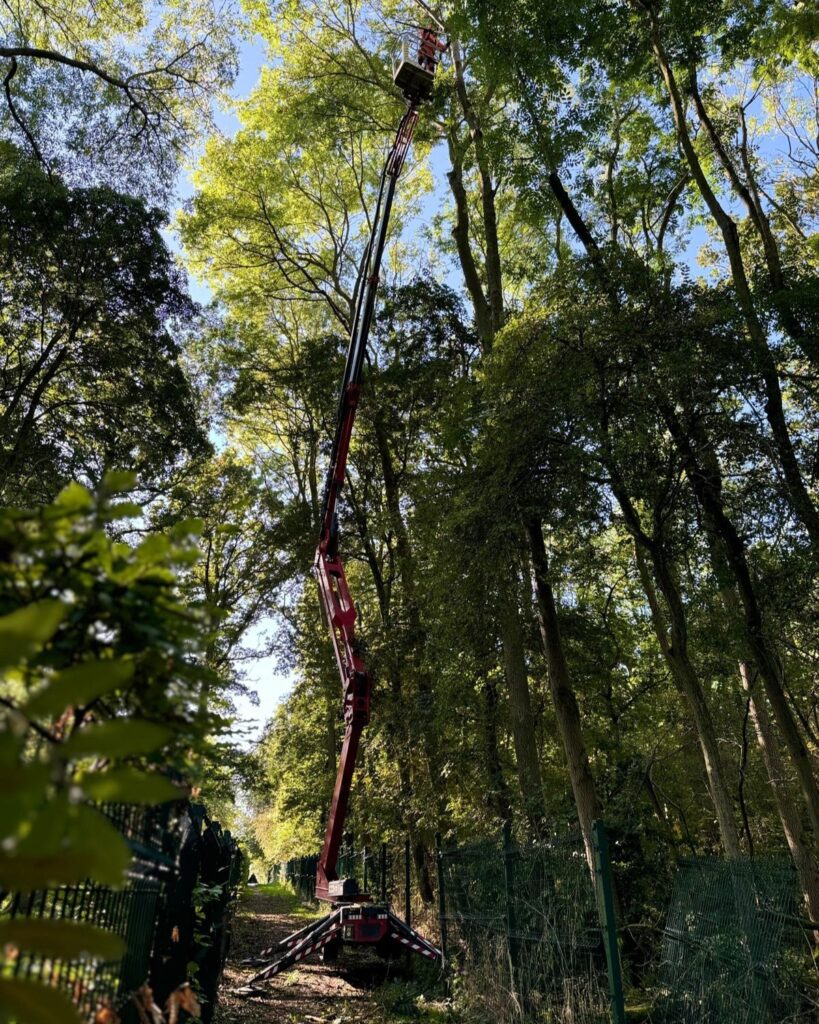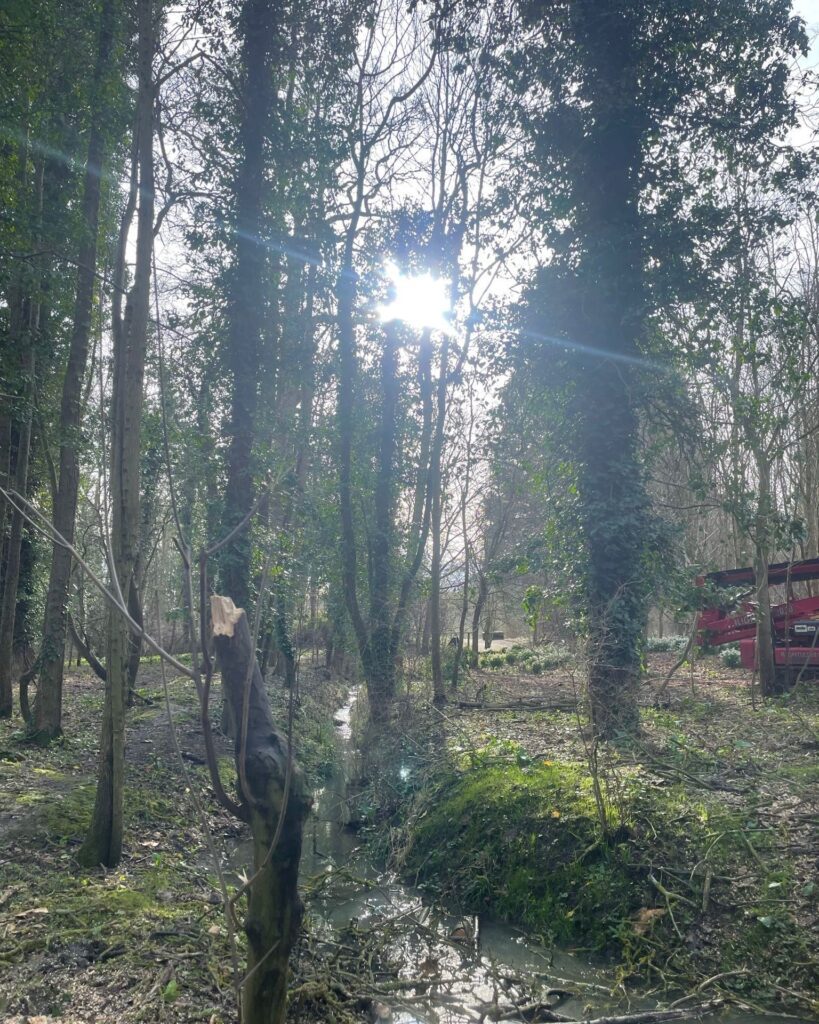Landscaping and Maintenance – Woodland Management
But why do woodlands need managing?
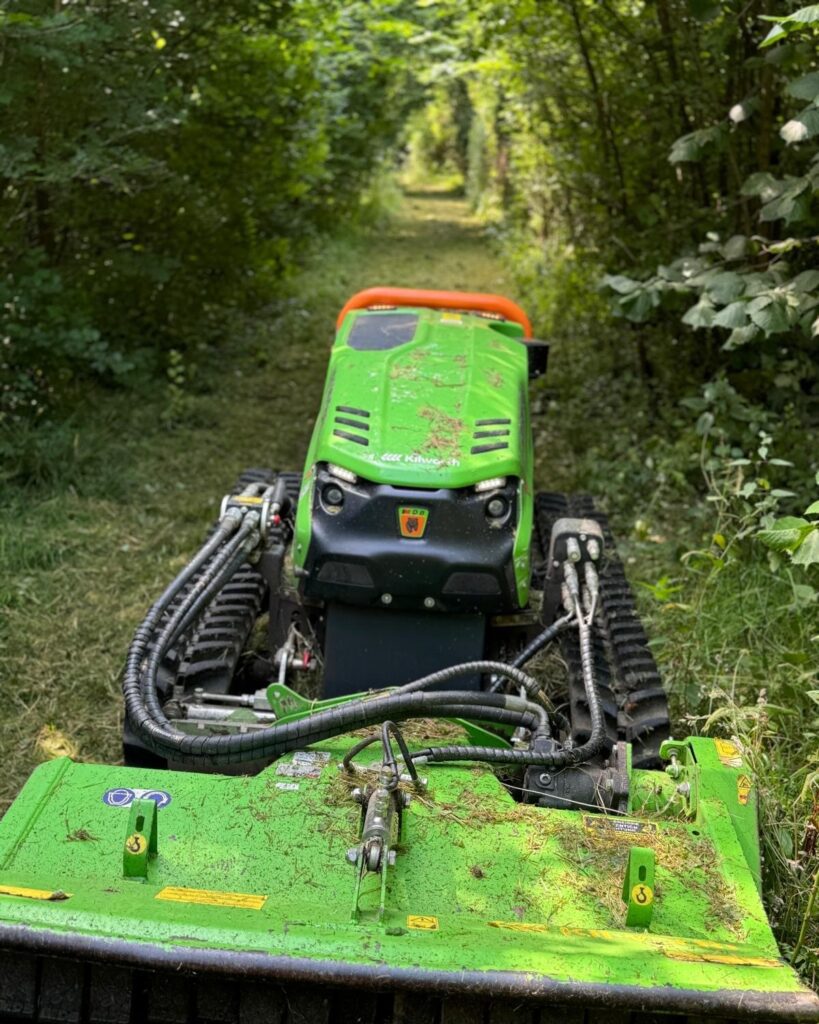
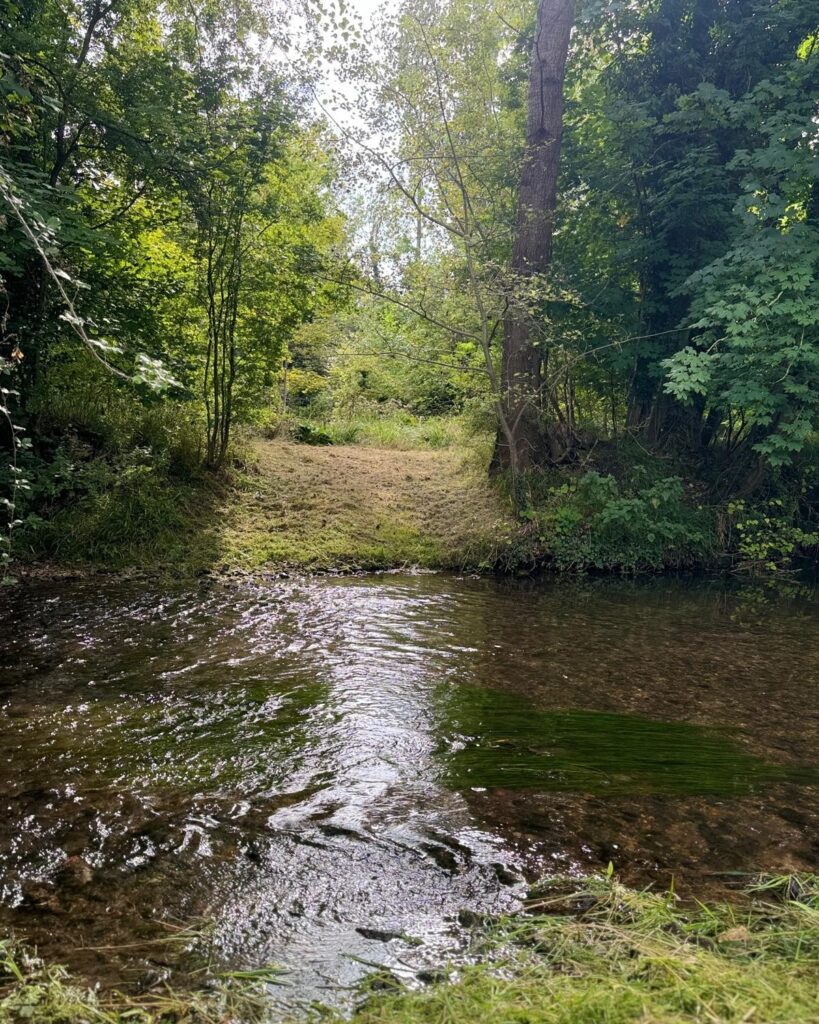
When you picture British woodlands, you might imagine an untouched, wild landscape – a place that’s always been there. But the truth is, most woodlands and the species within them have been shaped by centuries of human management.
There are many factors that determine how a woodland has evolved – from the type of soil and underlying geology, to drainage, aspect and the species which live there. However, one of the greatest influences is how the woodland has been managed, both in the past and the present.
For hundreds of years, woodlands have been intensively managed to provide timber for building and fencing, and firewood for cooking and warmth. Coppicing, in particular, was a key technique used to encourage trees to produce new, straight stems which could then be harvested on a cycle. These woodlands were not only a source of materials – they were also managed for food, such as cob nuts, wild boar and rabbits.
Without this kind of management, woodlands tend to become dense and shaded. While this may seem like a good thing, it can actually be a problem for many species that rely on a more open, dynamic woodland structure. As the canopy thickens, sunlight can no longer reach the woodland floor, and the rich ground flora that supports birds, insects, and small mammals begins to disappear.
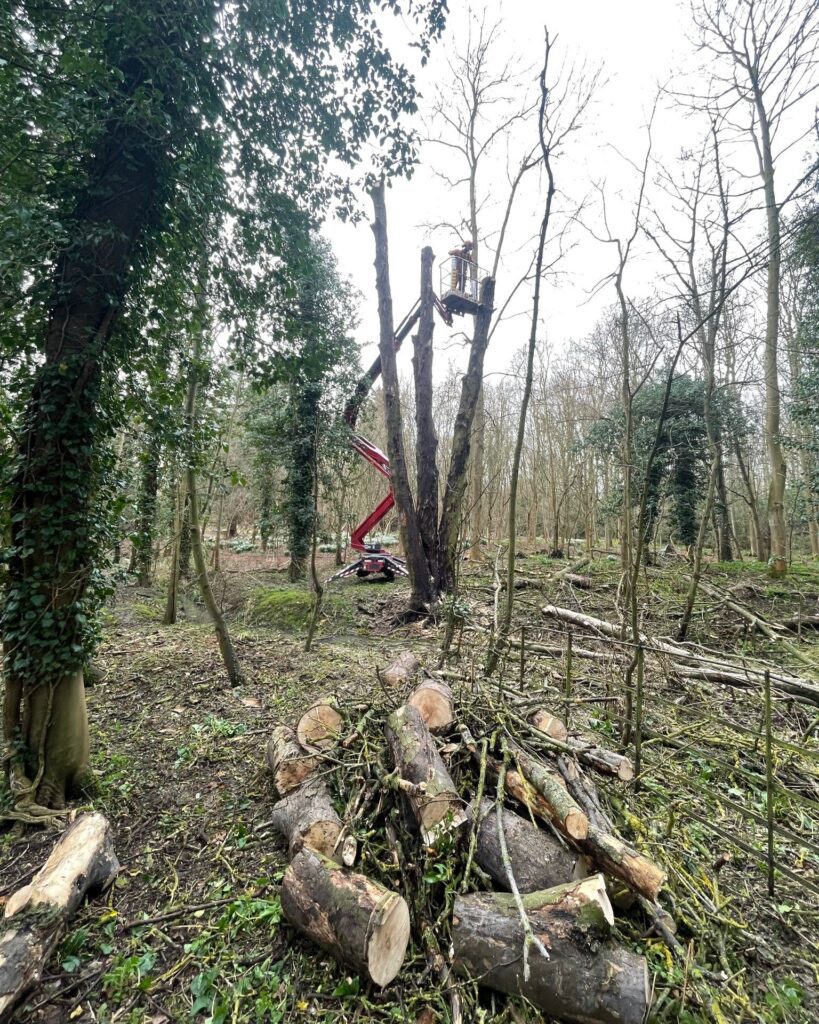
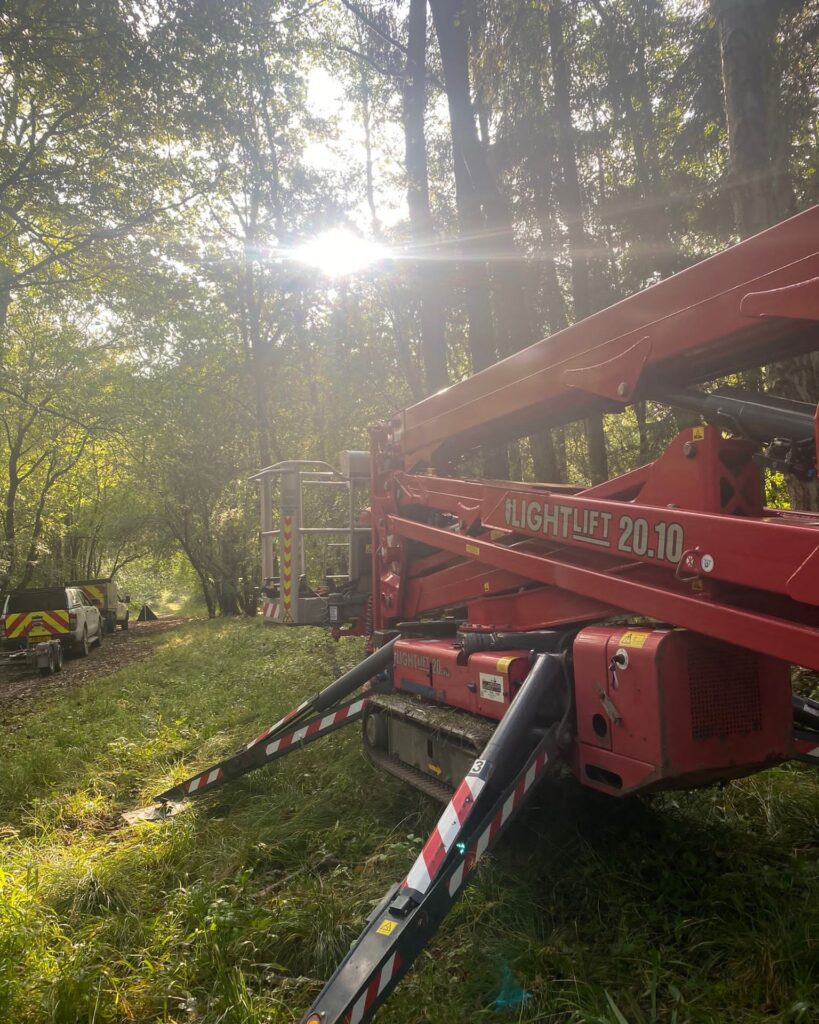
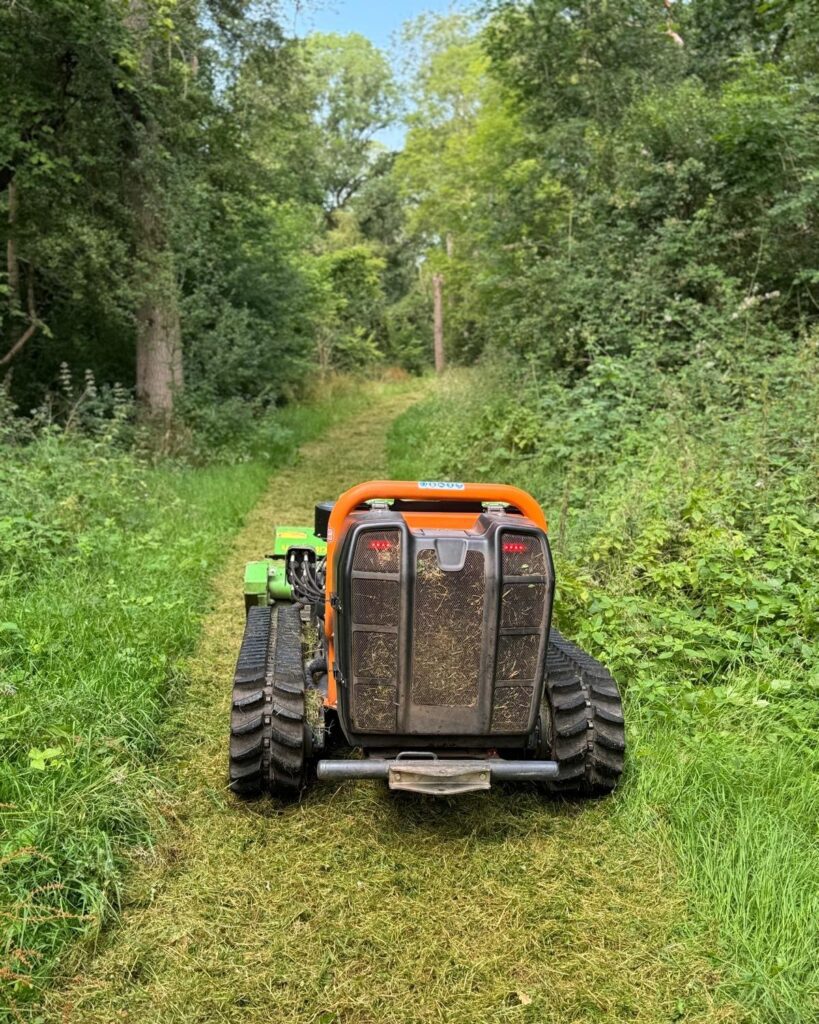
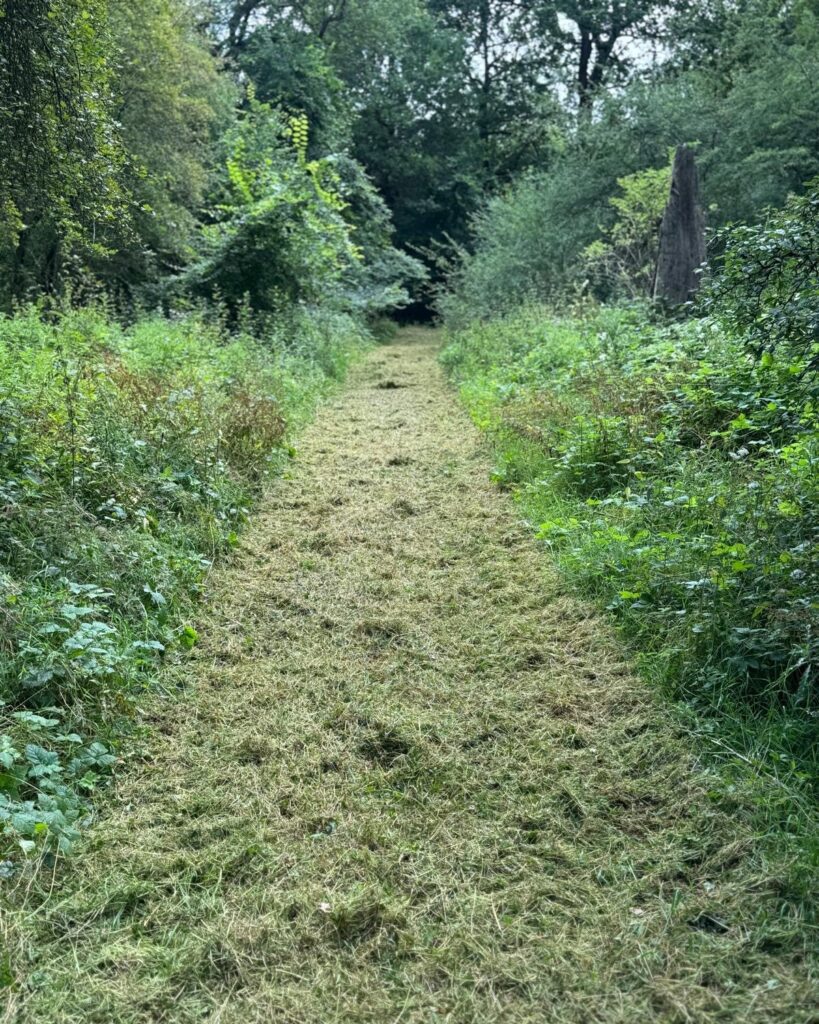
Coppicing and the creation of open woodland rides help mimic natural events such as storms or fires. These disturbances create pockets of light and warmth, allowing grasses, wildflowers, and young saplings to thrive. Deadwood left behind nourishes the soil and provides homes for fungi and insects. Over time, scrub and saplings take over again, the canopy closes, and the cycle begins anew.
Today, many of these once heavily-managed woodlands are no longer sources of materials or food – they’ve become places for recreation, relaxation, and connection with nature. While that shift is valuable in it’s own right, it often means that traditional management practices have become obsolete and the cycles created by this management, that supported the diverse range of wildlife begin to breakdown.
This is where Greenfields can help. As experts in woodland management we can work to help restore these precious habitats reintroducing vital practices such as coppicing, ride creation, and selective thinning. By doing so, we help breathe new life into these woodlands, ensuring that they remain rich, dynamic, and full of the wildlife that depends on them. Through thoughtful hands-on management we’re continuing the cycle – not just for today, but for generations to come.
To find out more about how we can help with woodland management, contact us:
